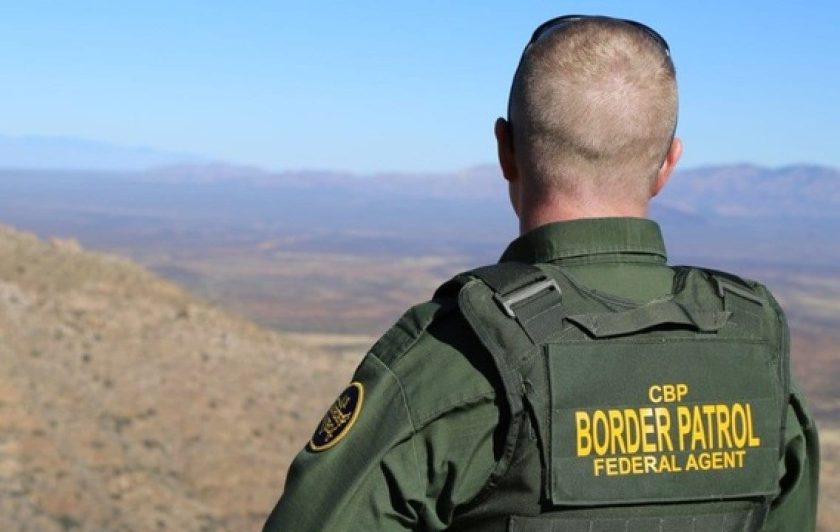United States Senators James Lankford (R-OK), Chair of the Homeland Security and Governmental Affairs Subcommittee on Border Management, Federal Workforce and Regulatory Affairs, and Mark Kelly (D-AZ) have introduced the Border Drone Threat Assessment Act. The bill would require a complete threat assessment of uncrewed aircraft systems (UAS) at or near the international borders of the United States, and a unified response across agencies. The text of the bill defines ‘‘at or near the international borders of the United States’’ as being at or within 100 air miles of an international land border or coastal border of the United States.
In recent years, US Border Patrol and other agencies have noticed a growing increase of uncrewed aircraft systems flying near or across our borders. If passed, the bill would require all agencies that have a say over enforcement at US borders to collaborate on threat assessment and countermeasures to mitigate threats effectively.
“When American airspace is violated by cartels and bad actors, America should be able to defend itself. We need a clear strategy to counter unmanned aircraft systems that cartels use and that threaten border security,” said Senator Lankford on Friday, May 23. “As we address these threats and consider using our own drone technology, we must prioritise Americans’ privacy and maintain transparency about the threats along our border.”
“Drone technology is rapidly evolving, and in the wrong hands, it can pose risks to our national security,” said Senator Kelly. “With this bill, we’re working to stay ahead of that threat, keeping Arizona families and our country safe.”
The threat assessments required by the proposed bill would include a description of the malign actors operating UAS; a description of how a threat is identified and assessed; a description of the data and information collected by operators of UAS; a description of the tactics, techniques, and procedures used; and a description of the capabilities of the US government to counter, contain, trace, defeat, or otherwise mitigate threats from UAS operated by malign actors at or near the international borders of the United States. In addition, an assessment should also be included as to whether the capabilities of the US government are sufficient for achieving complete air domain awareness.
For more information
Image: US Customs and Border Protection




